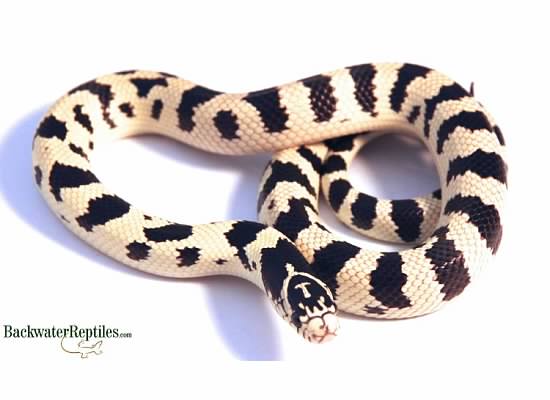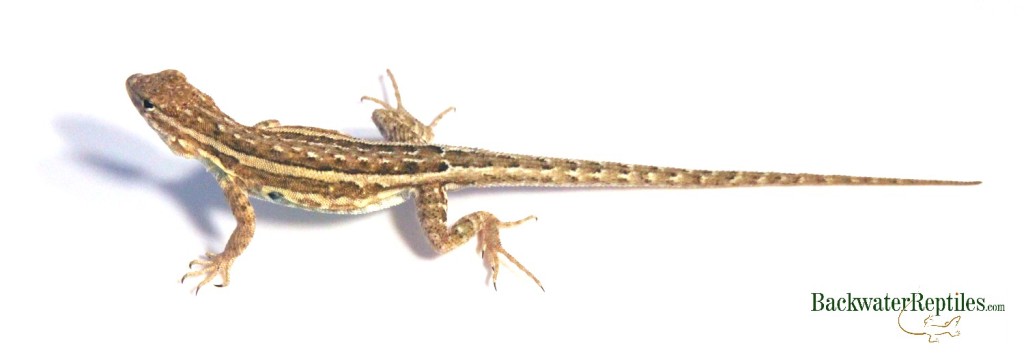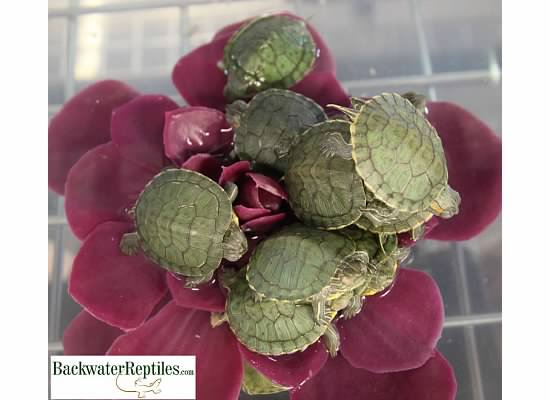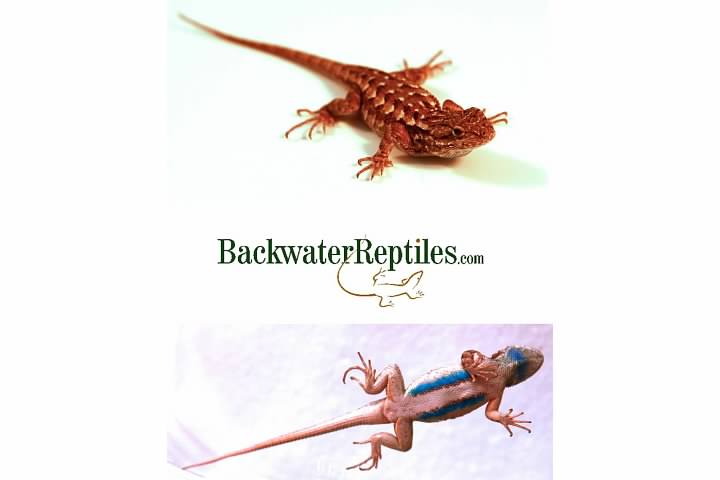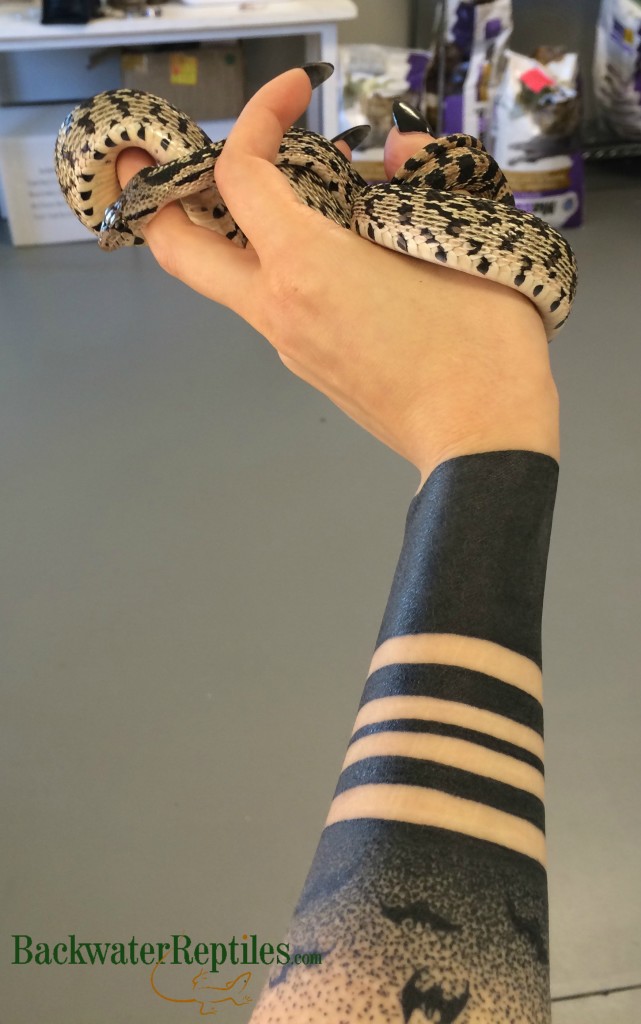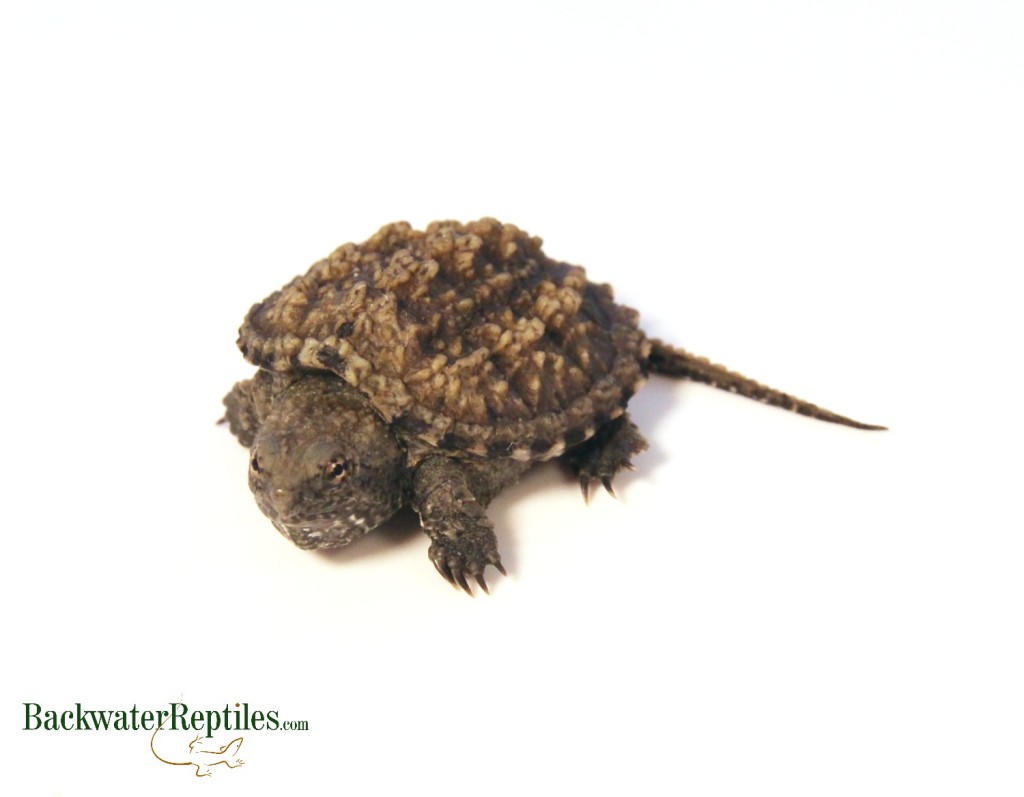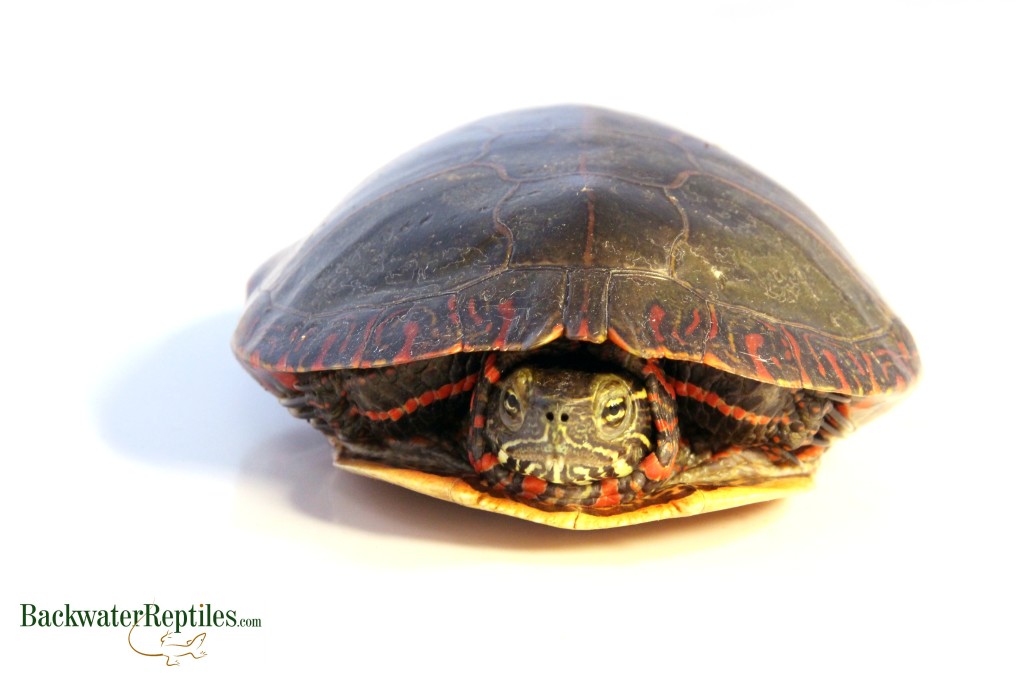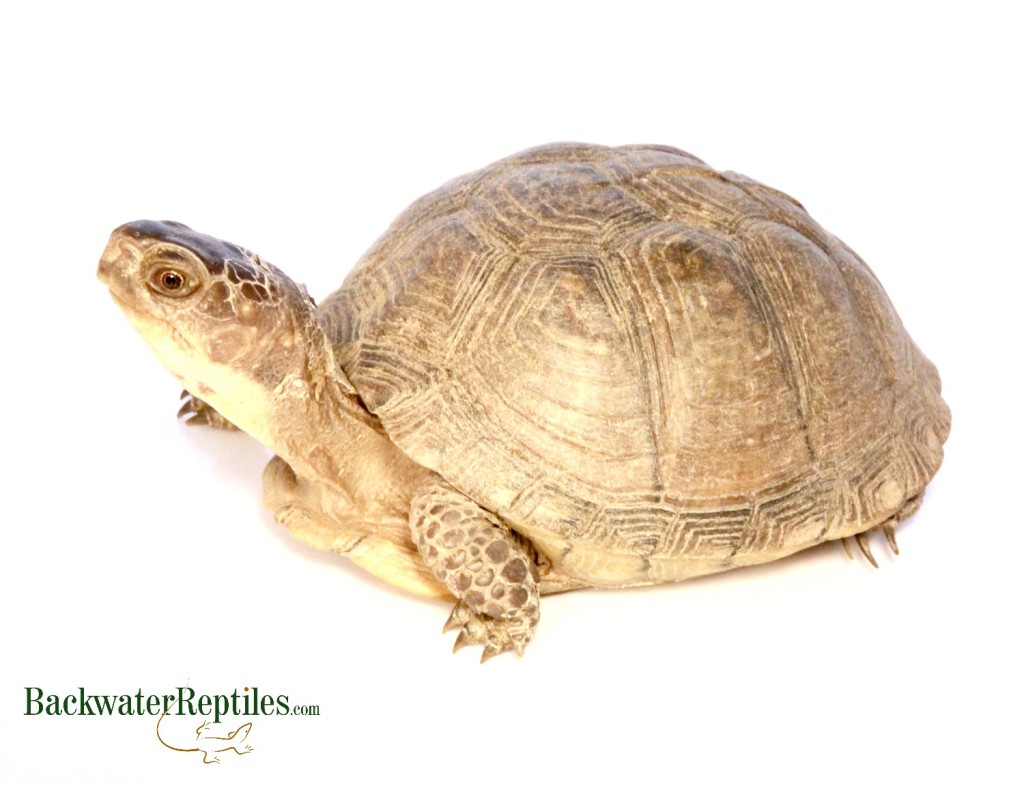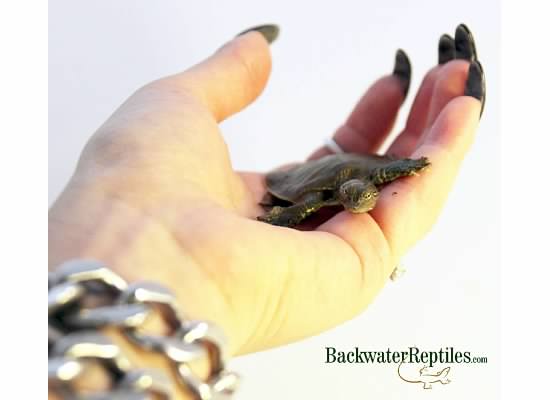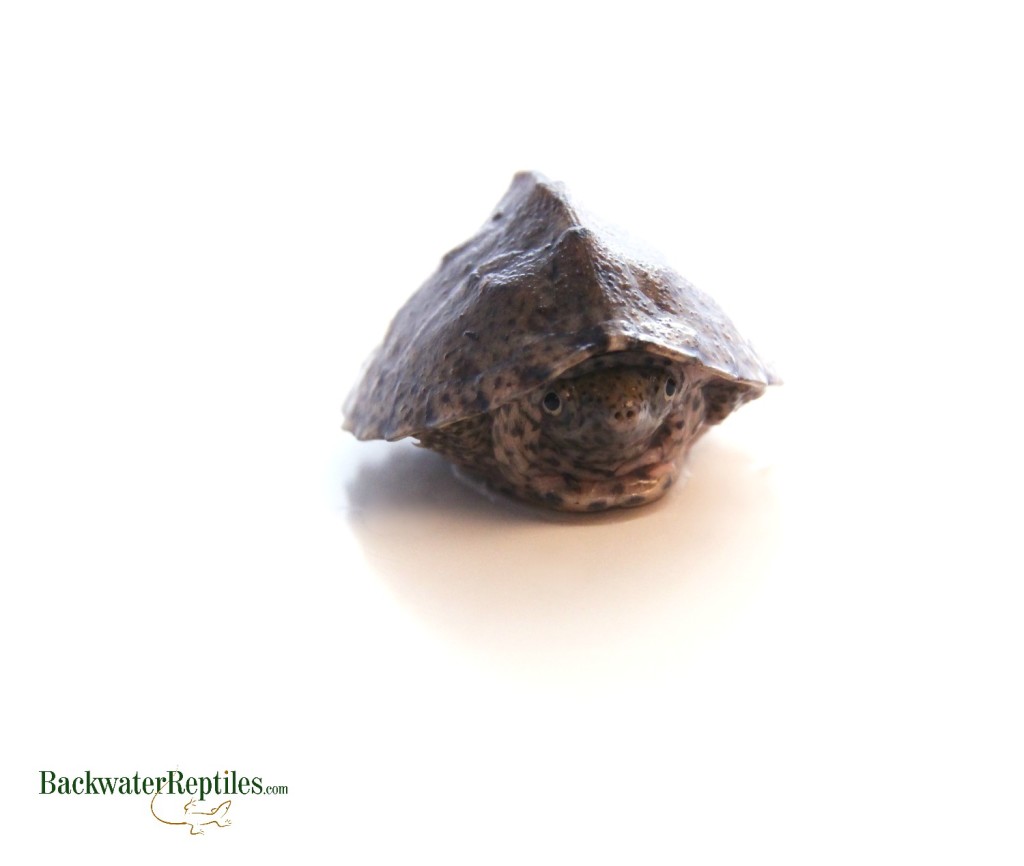Aquatic turtles make great pets for all types of people and we’d say that the Western Painted Turtle (Chrysemys p. belli) is one of our top selling animals for this reason. In this blog article, we’ll lay out how to best care for your pet Western painted turtle.
Western Painted Turtle Care Sheet
Western Painted Turtle Description
Western painted turtles are certainly a very attractive species of aquatic turtle. They are dark olive, brown, or green with very colorful markings that range from bright orange to striking yellow. The underside of their shell is an explosion of orange or red, while the top of their carapace is bordered with yellow or red seams. They also have red, yellow, or orange stripes on their heads and necks.
There are several varieties of painted turtles that are widespread throughout the U.S, but they all have virtually the same care requirements in captivity. The Western painted turtle is native to the Western side of the U.S. as its name suggests.
Another reason Western painted turtles are such popular pets is that they will reach a moderate size which makes them manageable as indoor pets. An average painted turtle will be anywhere from six to eight inches with females being relatively smaller in comparison to males.
Western painted turtles are also very long-lived pets. Captive animals have been reported to live as long as fifty years! However, most painted turtles will live between ten and twenty five years realistically.
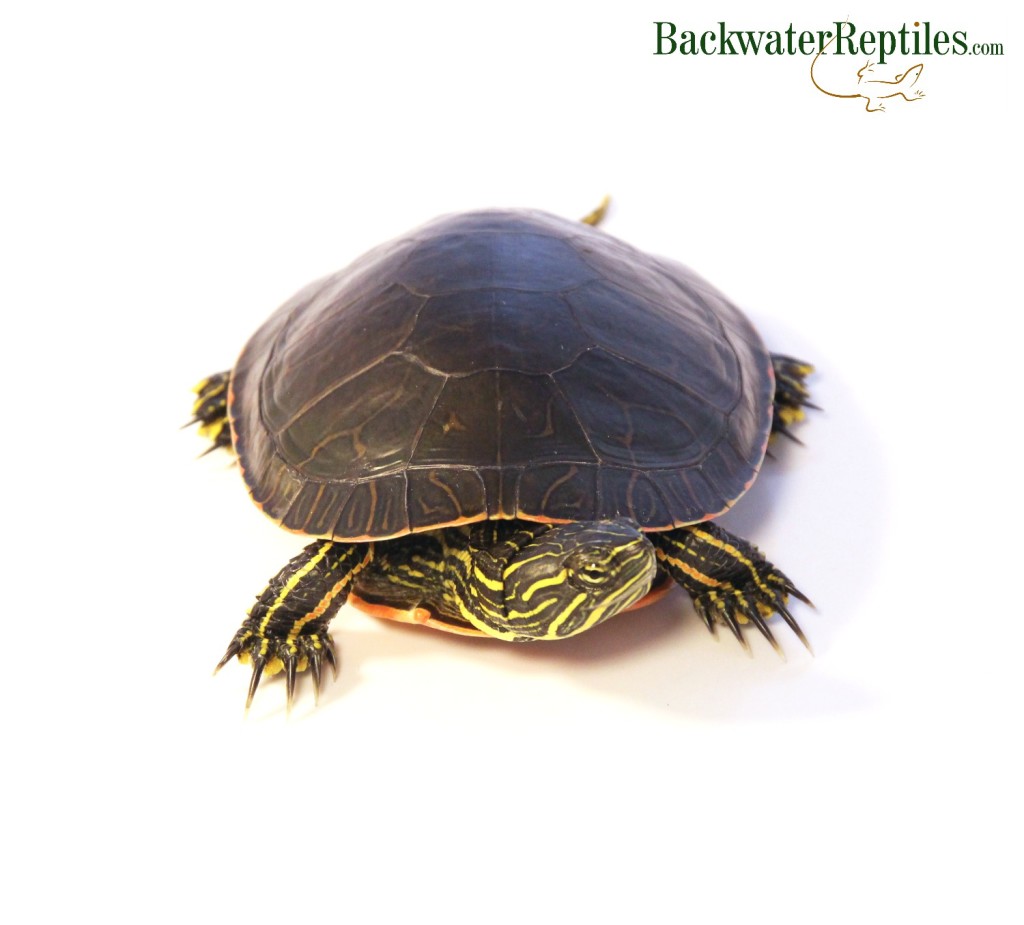
Western Painted Turtle Care Requirements
Many people are inclined to create elaborate homes for their painted turtles, however this is not a requirement for the turtle to be healthy. In fact, you can create a simple enclosure or a very decorated one depending on your preference so long as the turtle’s basic needs are met.
Although Western painted turtles are aquatic by nature, you should never be filling an entire tank with water. A good rule to follow is to never make the water level higher than twice the width of the turtle’s shell. It is also imperative that you have a platform of some type that allows your turtle to get out of the water completely and bask.
The water temperature should stay between 75 and 80 degrees Fahrenheit. Ambient air temperature should be between 80 and 85 degrees Fahrenheit and the basking area underneath the lights should be kept between 85 and 95 degrees. In order to keep the basking area warm, we recommend providing a full spectrum UV light. You can regulate temperature using a thermometer placed at a convenient place inside the tank.
Even though they are mid-sized turtles, painted turtles are relatively active reptiles, so they do need a moderately sized tank. A hatchling can be accommodated in a ten gallon tank for a short period of time, but as it grows, you will of course need to upgrade your tank size. Housing a bigger animal means a bigger tank will be required.
Adult painted turtles will do equally well indoors or outdoors. If you live in a climate that does not have temperature extremes, painted turtles will thrive in a backyard pond. You might even end up with baby turtles if you have more than one per pond. They will naturally reproduce according to the seasons.

Western Painted Turtle Diet
All painted turtles are opportunistic omnivores. They will gladly consume meat or vegetation with no hesitation as they are not picky feeders.
There are many commercial turtle foods on the market, but we like to supplement our painted turtles’ diets with fresh food. Hatchlings are growing and need lots of protein, so we give them small invertebrates like crickets and mealworms in addition to leafy green veggies. Kale, spinach, and even aquatic plants are all good choices.
Conclusion
Western painted turtles might not be the most hands-on pet, but really, most turtles prefer to be left to their own devices anyways. Painted turtles are most certainly beautiful to look at and they make excellent additions to backyard ponds.
If you are ready to purchase a Western painted turtle of your own, Backwater Reptiles has got you covered!

